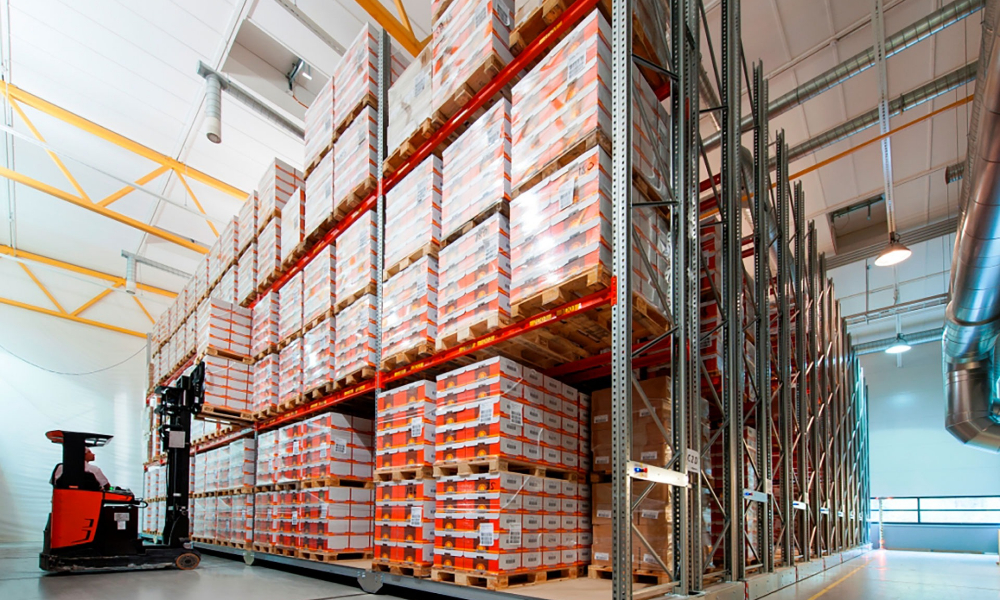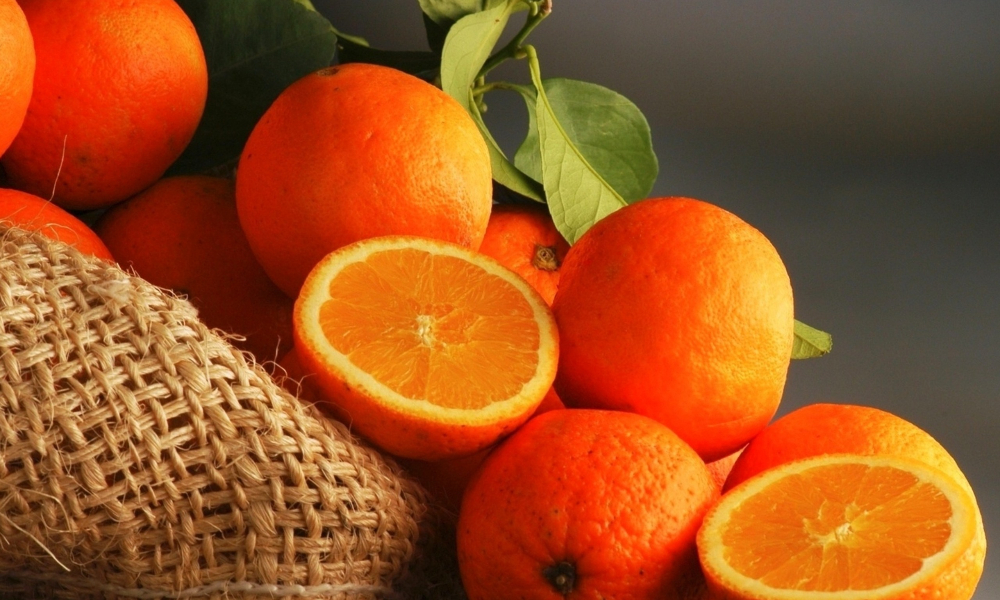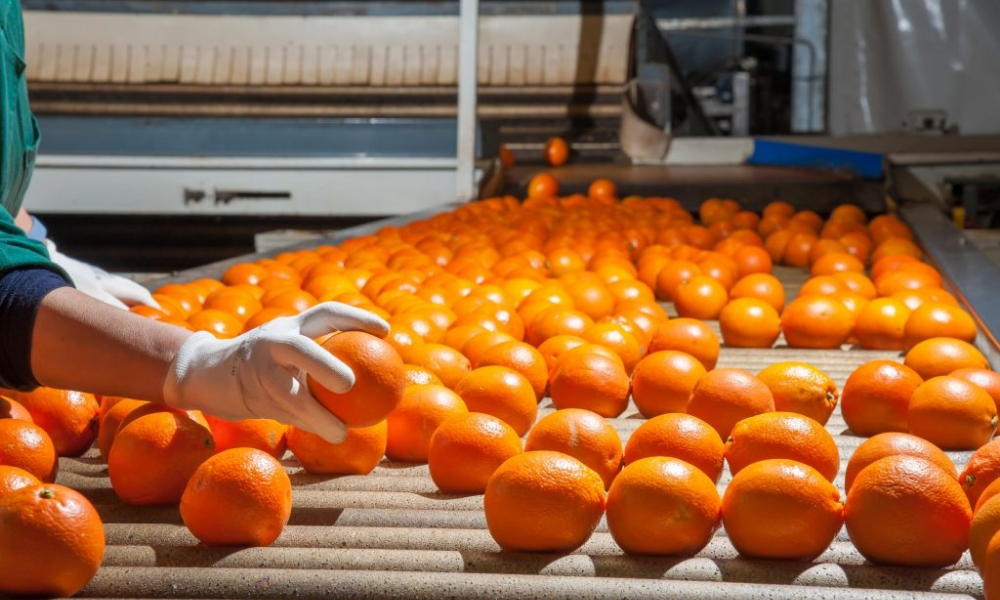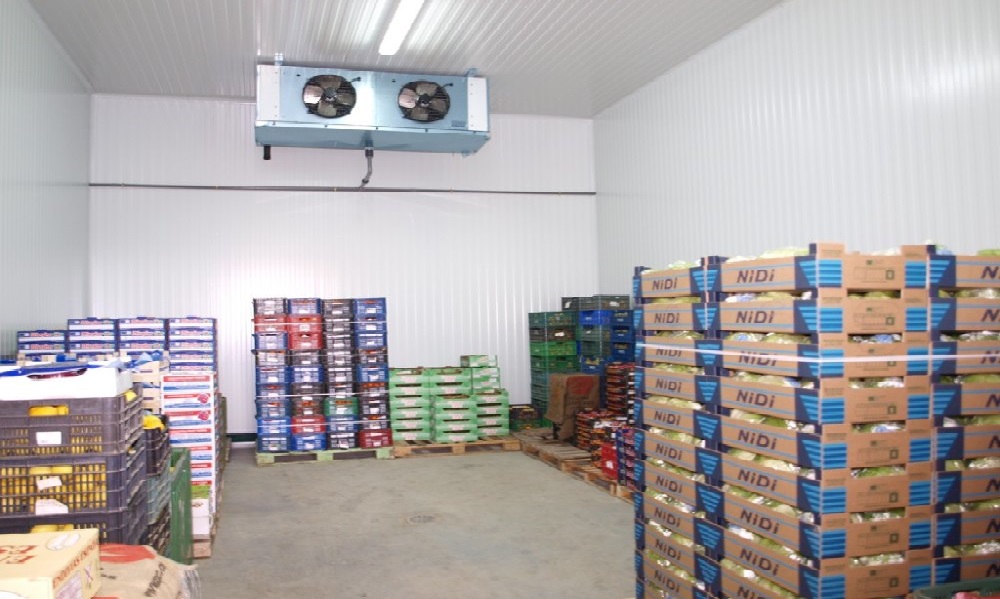Ideal Conditions and Key Points for Orange Cold Storage
Oranges are a popular and widely consumed fruit globally. They belong to the citrus family and the genus Citrus, known for their juicy and high-quality flesh, contributing to their high popularity.
Oranges come in various types, with sweet oranges and sour oranges being the most famous. Sweet oranges (Citrus sinensis) are typically consumed fresh and used in juices and other foods. Examples include Navel, Valencia, and summer oranges. Sour oranges (Citrus aurantium) are mainly used in marmalades, cooking, and producing chemicals, with their peel also used for essential oils and cosmetics.
In Iran, oranges are abundantly harvested in provinces like Fars, Mazandaran, Gilan, Hormozgan, and Khuzestan. Each region produces different types of oranges due to varying climates and soil conditions. For instance, sour oranges from southern provinces like Fars and Hormozgan differ in taste and properties from sweet oranges produced in northern provinces like Gilan and Mazandaran.
The storage, care, and maintenance processes for oranges can vary depending on the type of orange and storage conditions. For example, sour oranges generally have a longer shelf life than sweet oranges. Factors such as temperature, humidity, ventilation, and packaging also play crucial roles in maintaining orange quality during storage.
Conditions for Orange Storage in Cold Storage
- Temperature of the Orange Cold Storage Temperature control is vital in orange cold storage, directly impacting the fruit's quality and longevity. Ideal temperatures range from 38 to 48 degrees Fahrenheit (around 3-9 degrees Celsius). Maintaining this temperature minimizes chemical and physical changes in the fruit, helping to preserve freshness and quality for a longer time.
Temperatures above 48°F can accelerate fruit degradation, increase respiration rates, and hasten spoilage. Conversely, temperatures below 38°F can damage the fruit, causing cell damage, color and taste changes, and even ice formation on the peel, leading to severe damage.
- Humidity in Orange Cold Storage Oranges need a relative humidity of about 90-95% to prevent the peel from drying out and maintaining quality. Lower humidity can cause the peel to dry and significantly reduce freshness and quality. Excessive humidity, however, can foster fungal and bacterial growth, leading to spoilage and reduced shelf life.
- Air Ventilation in Orange Cold Storage Proper ventilation is crucial, ensuring a continuous flow of fresh, clean air to prevent gas buildup from the fruit's respiratory processes, which can cause damage. Ventilation systems should distribute air evenly across the storage area to create a homogeneous environment, preserving fruit quality and longevity.
- Packaging of Oranges in Cold Storage Proper packaging is vital to protect oranges from various damages during transportation. Waterproof and shock-resistant packaging helps maintain freshness and quality by reducing moisture and air ingress and preventing direct contact with hands and transportation tools.
- Quality Management of Oranges in Cold Storage Regular product inspections and quality assessments are essential to detect any spoilage signs early and take necessary preventive measures. Implementing FIFO (First In, First Out) policies helps manage inventory and prevent waste by prioritizing older stock usage.
- Proper Packaging of Oranges Choosing the right packaging is crucial for maintaining orange quality and shelf life. Packaging should be appropriate in size and dimensions to avoid excessive pressure on the fruit. It should also be water-resistant and sturdy to prevent moisture ingress and physical damage during transportation.
- Arrangement within Packaging Careful attention to detail in packaging arrangement is vital. Oranges should be neatly placed to avoid undue pressure and potential peel damage. Proper arrangement helps ensure freshness and quality during storage.
There are three common packaging methods in cold storage: bulk, carton, and pallet.
- Bulk Storage: Oranges are stored directly in the cold storage without special packaging, suitable for large-scale, quick consumption. Careful distribution and arrangement are necessary to prevent damage.
- Carton Storage: Oranges are packed in sturdy cartons and then stored, offering effective protection and ease of transportation.
- Pallet Storage: Cartons of oranges are placed on pallets and moved into cold storage, optimizing space usage and access.
Choosing the appropriate packaging and storage method depends on business needs, protective requirements, and transportation conditions to ensure the longevity and quality of the oranges.





